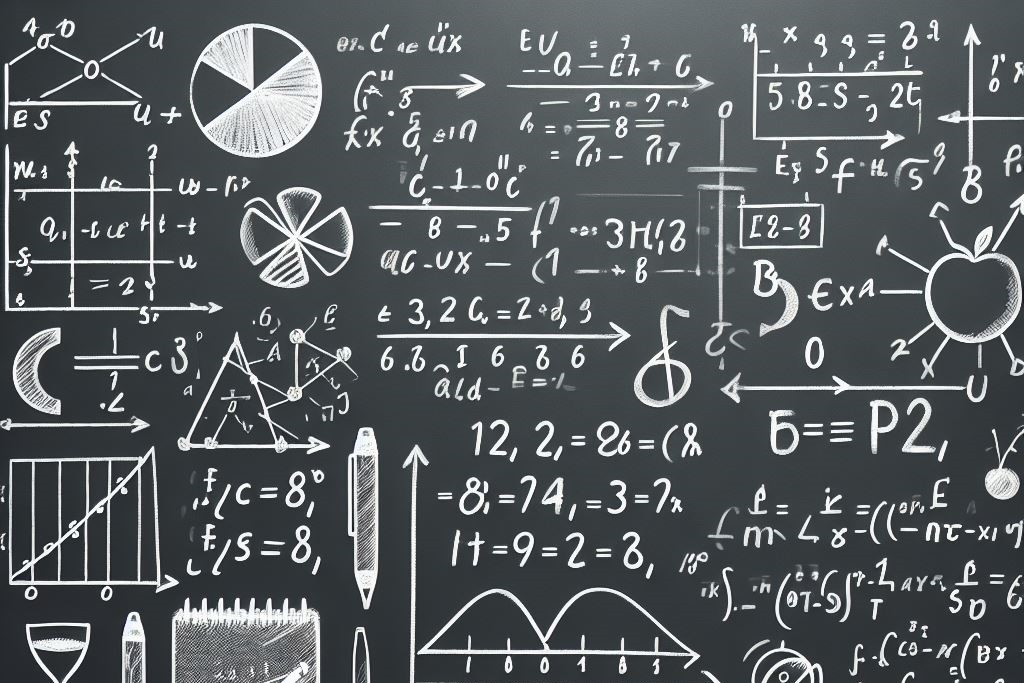Solving complicated linear equations can be intimidating, but with the right approach and understanding of the underlying principles, it can become much more manageable. In this guide, we will break down the process of solving complicated linear equations step by step, using easy-to-understand language and examples.
Linear equations are equations that involve two variables raised to the first power, such as y = mx + b. When working with linear equations, we are essentially looking for the values of the variables that satisfy the equation. Solving these equations often involves simplifying the equation and isolating the variable of interest.
Here are the steps to solve complicated linear equations:
Simplify the equation:
The first step in solving a complicated linear equation is to simplify the equation as much as possible. This may involve combining like terms, distributing terms, and getting rid of any unnecessary parentheses. By simplifying the equation, you can make it easier to isolate the variable later on in the process.
For example, let’s consider the equation
5(3x – 2) + 2(2x + 1) = 3(4x – 5) – 7.
The first step would be to distribute the terms:
15x – 10 + 4x + 2 = 12x – 15 – 7.
Now, combine like terms:
19x – 8 = 12x – 22.
Isolate the variable:
Once the equation is simplified, the next step is to isolate the variable of interest on one side of the equation. To do this, you will need to perform inverse operations to move the other terms to the other side of the equation.
Using the example above, let’s isolate the variable x:
19x – 8 = 12x – 22.
Subtract 12x from both sides:
19x – 12x – 8 = -22.
Combine like terms:
7x – 8 = -22.
Add 8 to both sides:
7x = -14.
Divide both sides by 7 to solve for x:
x = -2.
Check your answer:
After solving for the variable, it is essential to check your answer by substituting it back into the original equation and ensure that it satisfies the equation. This step helps in avoiding any calculation errors and confirming the accuracy of your solution.
Let’s substitute x = -2 back into the original equation:
5(3(-2) – 2) + 2(2(-2) + 1) = 3(4(-2) – 5) – 7.
Simplifying the equation:
5(-6 – 2) + 2(-4 + 1) = 3(-8 – 5) – 7.
-40 = -40.
Since both sides of the equation are equal, the solution x = -2 is correct.
Practice with more examples:
To strengthen your understanding and improve your skills in solving complicated linear equations, practicing with multiple examples is crucial. You can create your own equations or use online resources and textbooks for additional practice problems.
Let’s work through another example to solidify our understanding:
3(2x – 4) = 5(3x + 2) – 7.
First, distribute the terms:
6x – 12 = 15x + 10 – 7.
Simplify the equation:
6x – 12 = 15x + 3.
Isolate the variable x:
6x – 15x = 12 + 3.
-9x = 15.
Divide by -9:
x = -15/9 = -5/3.
Check the answer:
3(2(-5/3) – 4) = 5(3(-5/3) + 2) – 7.
-12 = -12.
The solution x = -5/3 satisfies the equation.
If you follow these steps and practice with different examples, you can improve your skills in solving complicated linear equations. Remember to simplify the equation, isolate the variable, check your answer, and practice consistently to become more proficient in handling complex linear equations.
There are also many online step by step equation solvers you can try out and compare results with solutions of your own.
Our own step by step equation solver you can find here: https://www.geteasysolution.com/equations_involving_one_unknown


